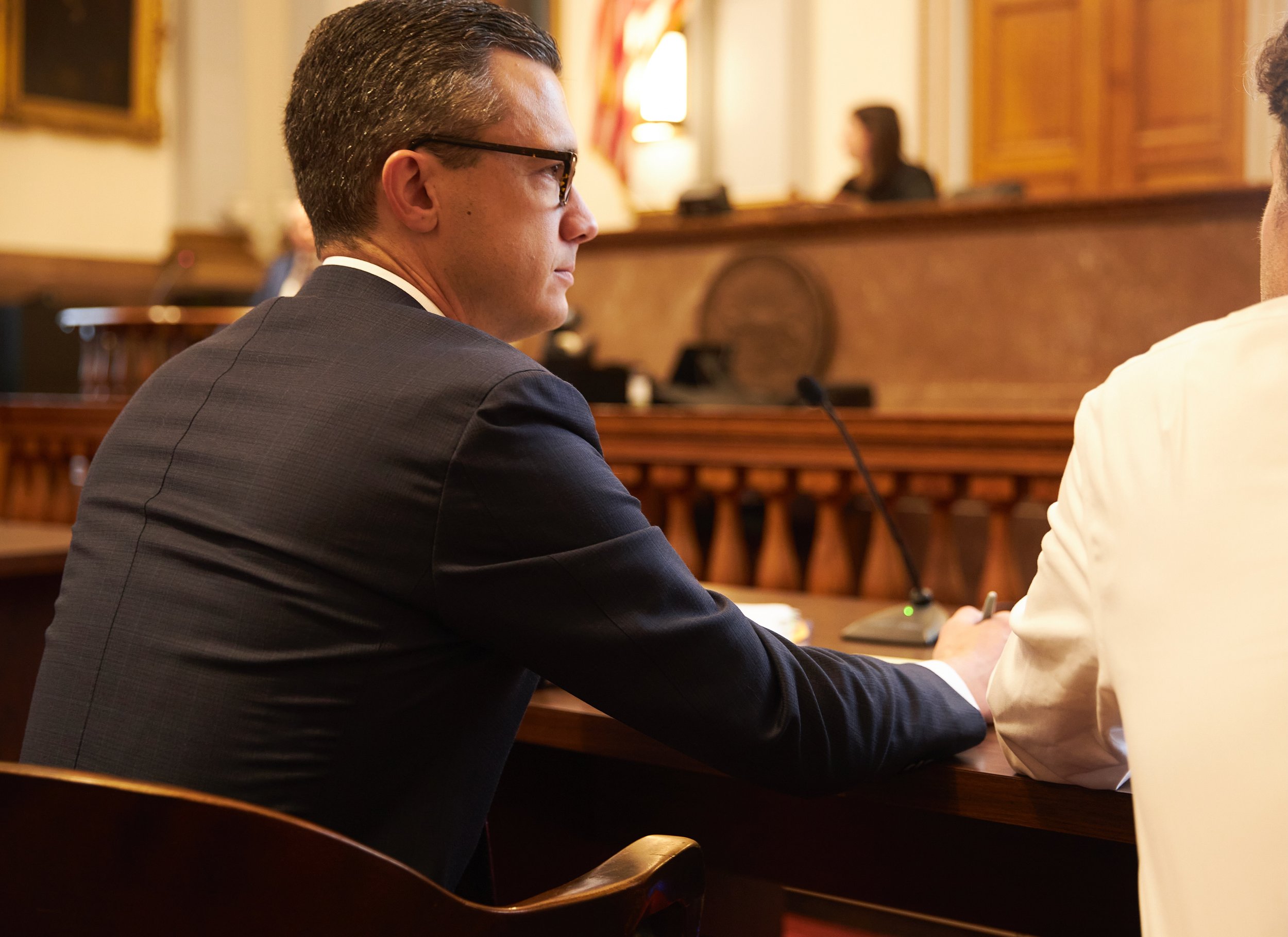The Ins And Outs of Filing a Habeas Corpus Application: A Guide for Seeking Post-Conviction Alleviation
Navigating the intricacies of submitting a habeas corpus petition is a vital action for people seeking post-conviction relief. By discovering the intricacies of this necessary lawful tool, people can discover possible avenues for challenging convictions and inevitably aim for fair results.
Comprehending Habeas Corpus Applications
When seeking to understand habeas corpus petitions, it is vital to understand the basic lawful principles underlying this effective legal treatment (Lawyer). Habeas corpus, a Latin term meaning "you will have the body," is a legal activity that enables individuals to seek remedy for illegal detention or imprisonment. This centuries-old writ serves as a safeguard versus approximate state activity by supplying a system for individuals to test the legality of their arrest
The foundation of a habeas corpus application is the assertion that the petitioner's civil liberties have actually been breached, leading to their illegal apprehension. This can consist of insurance claims of due process offenses, inefficient support of advise, newly discovered proof, or also jurisdictional mistakes. Habeas corpus petitions usually occur in the context of criminal process, where people test the legitimacy of their sentences or the problems of their confinement.

Grounds for Filing
There are a number of lawful premises on which individuals may file a habeas corpus application, each serving as a basis for challenging the lawfulness of their detention. These grounds normally consist of constitutional violations, ineffective help of advise, newly discovered evidence, prosecutorial transgression, and jurisdictional defects.
Constitutional infractions form a typical basis for filing a habeas corpus petition, incorporating insurance claims such as violations of the right to a reasonable test, due process, or protection versus cruel and unusual penalty. Inefficient assistance of advice claims develop when an offender's lawful depiction during the trial or charm was so deficient that it weakens confidence in the outcome. Newly discovered proof, if proven to be material and most likely to transform the end result of the instance, can likewise call for habeas relief. Prosecutorial misbehavior involves unethical or illegal conduct by the prosecution that bias the accused's rights. Administrative flaws may arise when the court that founded guilty the individual did not have the authority to do so, offering a basis for testing the apprehension with a habeas corpus petition.
Procedural Needs
Understanding the step-by-step demands for filing a habeas corpus visite site petition is crucial for making certain that the legal process is followed precisely and efficiently. Failing to tire state remedies can result in the federal court rejecting the application.
In addition, there are stringent time limits for filing a habeas corpus request. The Antiterrorism and Effective Death Sentence Act (AEDPA) enforces a 1 year statute of limitations, beginning with the date on which the conviction ended up being last. This target date can be subject to specific exceptions based on certain conditions.
Furthermore, procedural demands mandate that a habeas corpus request have to consist of all pertinent cases and supporting evidence. Incomplete or inadequate requests may be dismissed or delayed, stressing the importance of comprehensive preparation and adherence to step-by-step policies in looking for post-conviction relief with habeas corpus.
Challenging Convictions
How can people efficiently test convictions via the process of submitting a habeas corpus application? Challenging sentences through a habeas corpus application involves offering legal disagreements that demonstrate an infraction of constitutional rights, procedural mistakes, or new proof that was not available throughout the original test.
When submitting a habeas corpus petition to test a sentence, it is essential to follow strict procedural needs, present engaging lawful arguments sustained by proof, and articulate exactly how the alleged errors affected the justness of the trial. top federal habeas corpus attorneys in new york. Looking for the aid of knowledgeable lawyers or companies concentrating on post-conviction relief can considerably enhance the opportunities of an effective result when challenging sentences through a habeas corpus petition

Securing Fair Outcomes
To attain reasonable outcomes in tough convictions via the declaring of a habeas corpus petition, people must diligently examine the legal basis for their cases and present engaging evidence sustaining their assertions. Protecting reasonable results in post-conviction alleviation procedures calls for a complete understanding of the legal system, focus to detail, and critical preparation. It is important to have a clear method in place, laying out the particular premises for the request and how the provided proof aligns with legal disagreements.
In addition, individuals looking for post-conviction alleviation should stick to all step-by-step requirements and due dates to guarantee their petition is thought about by the court. Failing to meet these demands might cause the dismissal of the request without the qualities being reviewed. Furthermore, involving the solutions of experienced attorneys, such as lawyers focusing on habeas corpus applications, can significantly improve the possibilities of safeguarding reasonable end results.
Conclusion
Finally, the ins and outs of submitting a habeas corpus application for looking for post-conviction alleviation entail understanding the grounds for filing, meeting procedural requirements, challenging convictions, and securing fair outcomes (new mexico habeas corpus attorneys). It is very important to thoroughly browse the legal procedure to ensure the very best chance of success in looking for alleviation through this method. Comprehending the intricacies of habeas corpus petitions is crucial for individuals seeking to challenge their sentences and obtain justice
Comments on “Comprehending Habeas Corpus: An Attorney's Overview to Legal Rights”